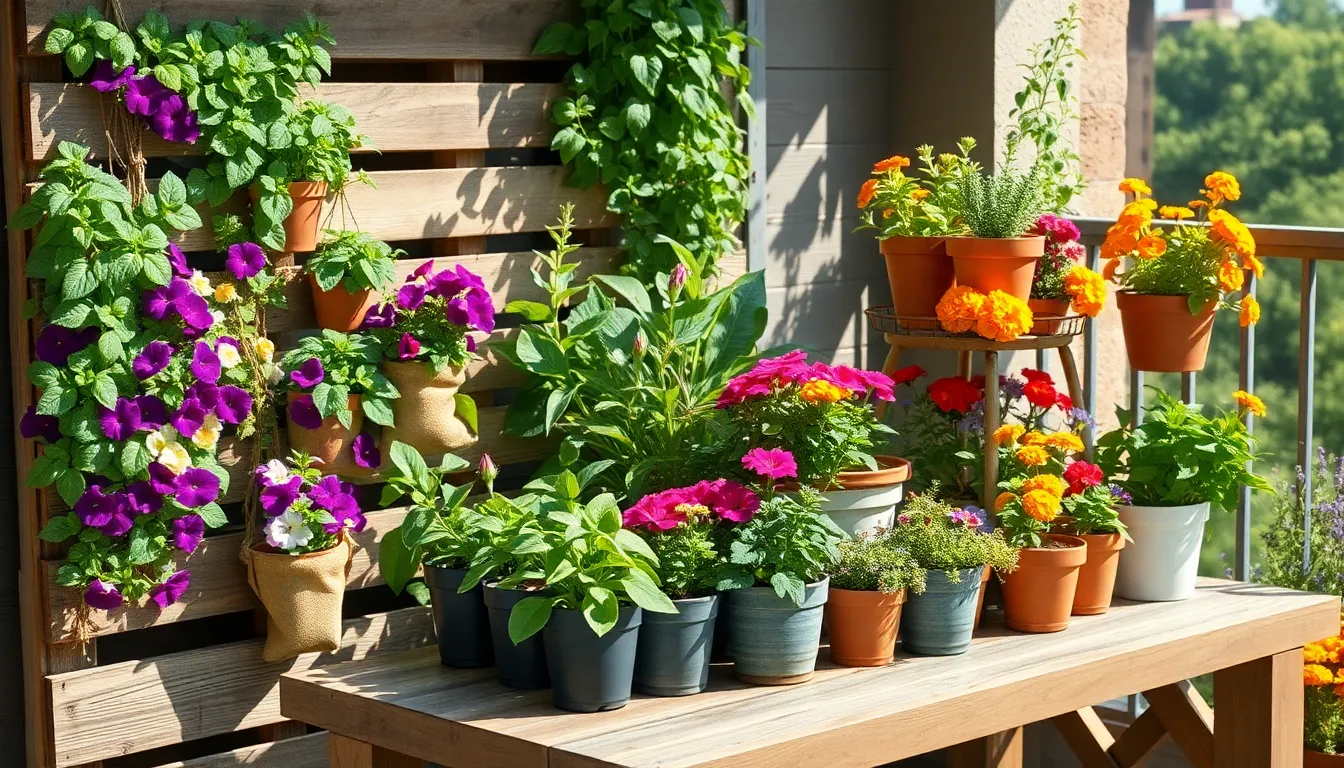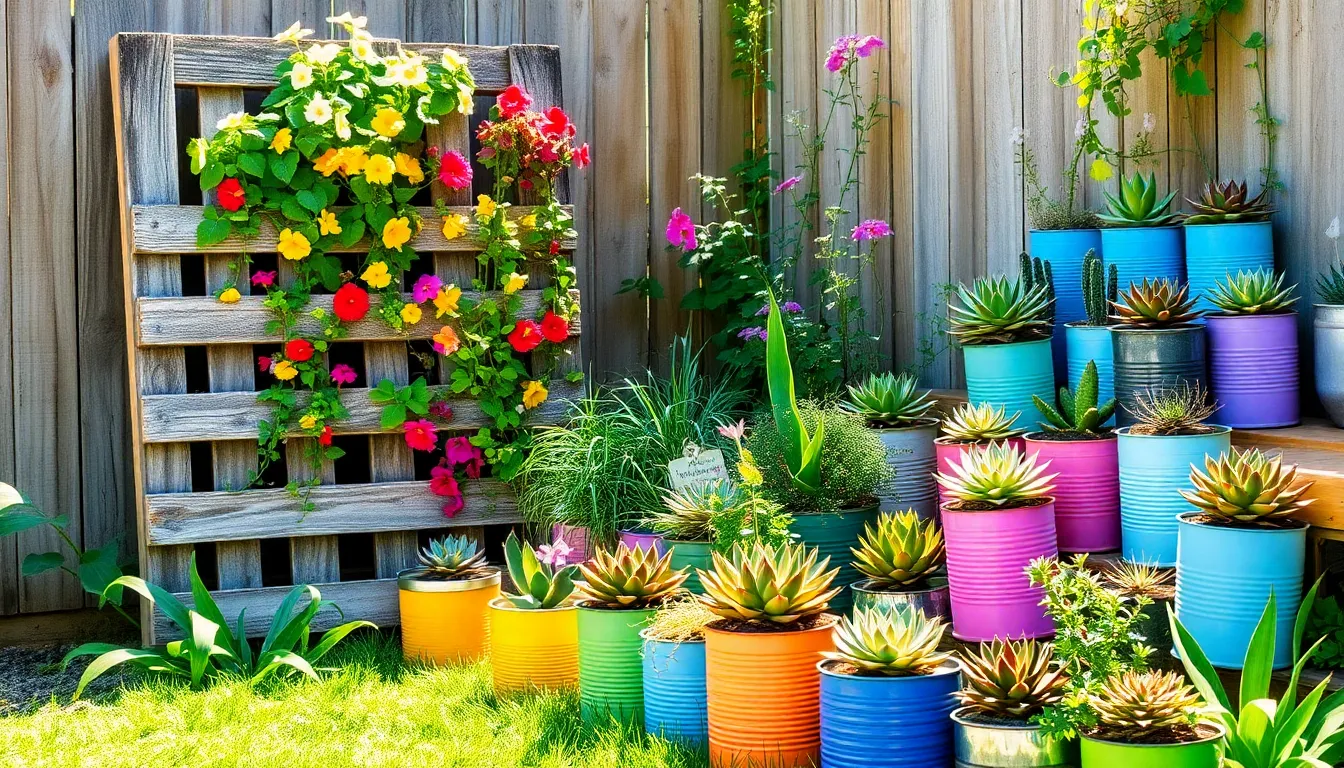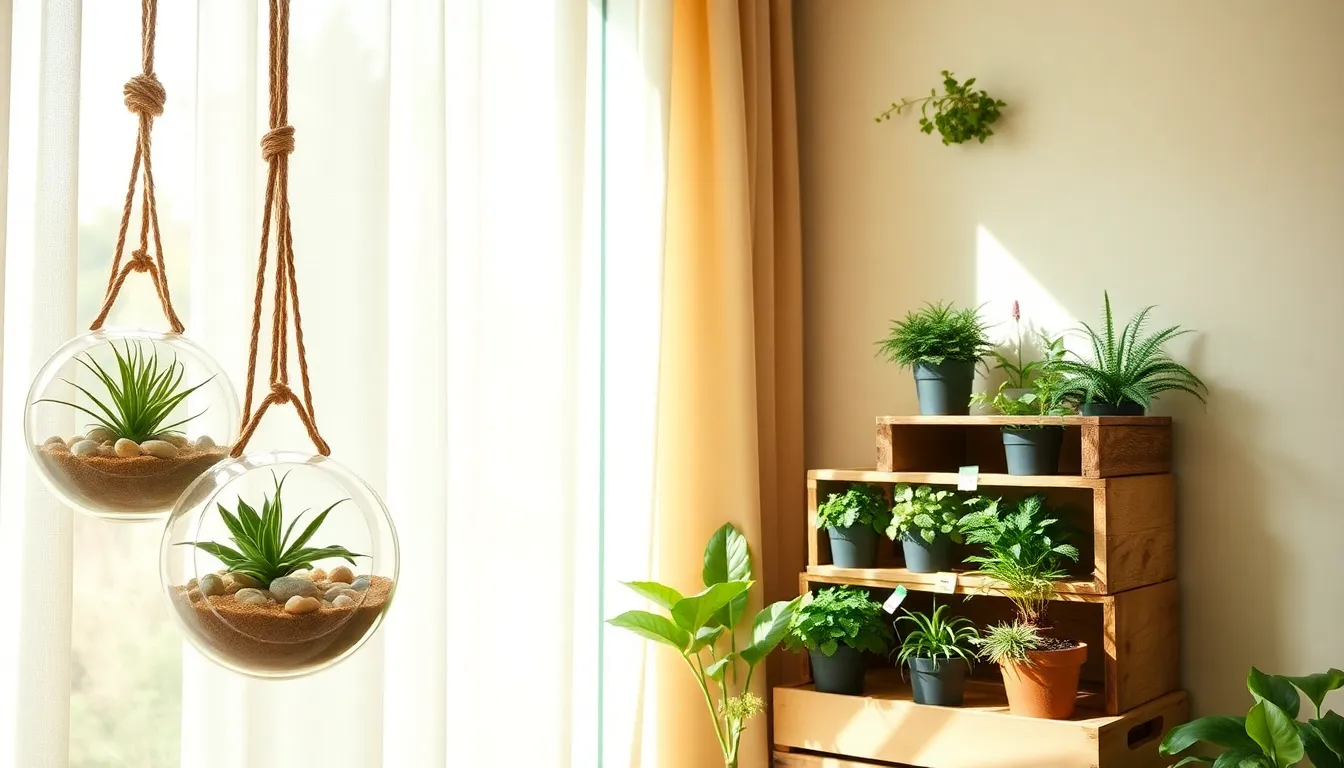Imagine stepping into your garden and selecting a bouquet of vibrant blooms that rival any florist’s display. Whether you’re a budding novice or a seasoned green thumb, creating a cutting garden is a delightful way to bring the beauty of your outdoor oasis indoors. This guide is your ticket to discovering the best plants that will thrive in your cutting garden, offering both visual splendor and a fragrant ambiance that transforms any room in your home.
With our carefully curated list, you’ll feel empowered to cultivate a garden that flourishes with blossoms perfect for cutting. These selections are not only easy to grow, but they also promise a continuous supply of fresh flowers, ensuring you never run out of natural decor. By exploring this guide, you’ll unlock the secrets to successful planting and harvesting techniques, paving the way for a garden that gives back tenfold in beauty and joy. Prepare to immerse yourself in the rewarding experience of gardening, where each bloom is a testament to your nurturing touch and dedication.
Dahlia Varieties (Vibrant Blooms for Long-Lasting Arrangements)
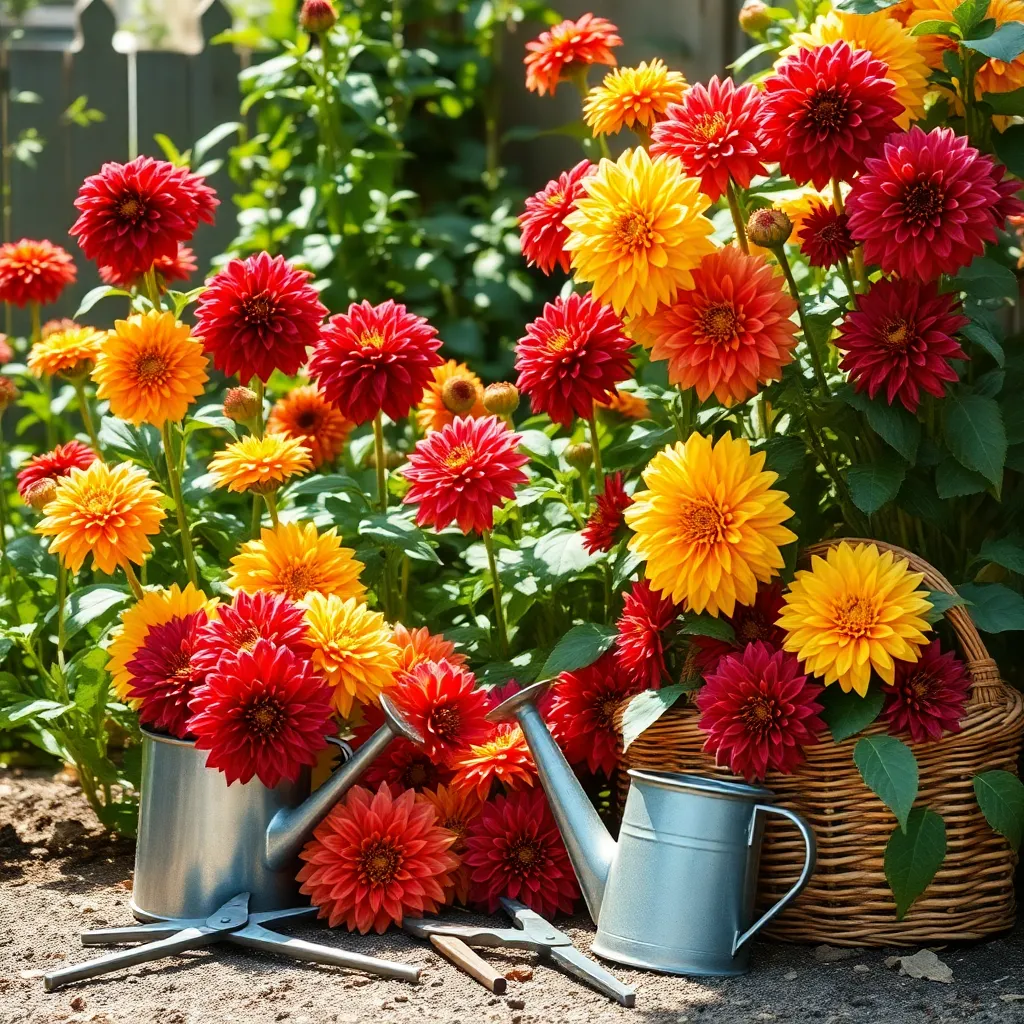
Dahlias are a fantastic choice for cutting gardens, offering a wide range of colors and shapes to suit any bouquet. These vibrant blooms thrive in well-drained, fertile soil with plenty of sunlight, ensuring that they produce flowers that last long after cutting.
To plant dahlias, wait until the soil has warmed up in spring, as they are sensitive to frost. Space the tubers about 18 to 24 inches apart to allow room for growth and airflow, which helps prevent disease.
Regular watering is crucial for dahlias, especially during dry spells, but avoid waterlogging the soil. Mulch around the base of the plants to retain moisture and suppress weeds, making care more manageable for both novice and experienced gardeners.
Experienced gardeners might consider pinching out the tips of dahlias when they’re about 12 inches tall to encourage bushier growth. Additionally, deadheading spent blooms will promote continuous flowering, ensuring a steady supply of blossoms for your arrangements throughout the growing season.
Florist’s Scissors (Precision Cutting for Healthier Stems)

Choosing the right tool for cutting your flowers is crucial for their health and longevity. Florist’s scissors are designed for precision cutting, which is essential to prevent damage to delicate stems and encourage healthier regrowth.
When using florist’s scissors, ensure they are always clean and sharp. This helps to avoid crushing the stems, which can lead to diseases entering the plant and ultimately reduce the vase life of your blooms.
For best results, cut stems at a 45-degree angle, which increases the surface area for water absorption. Make your cuts early in the morning when the plant is fully hydrated, ensuring the flowers are at their freshest.
It’s also important to regularly sanitize your scissors with alcohol or a diluted bleach solution. This practice prevents the spread of any pathogens that can harm your plants and ensures each cut is as clean as possible.
Peony Collection (Fragrant Elegance with Extended Vase Life)
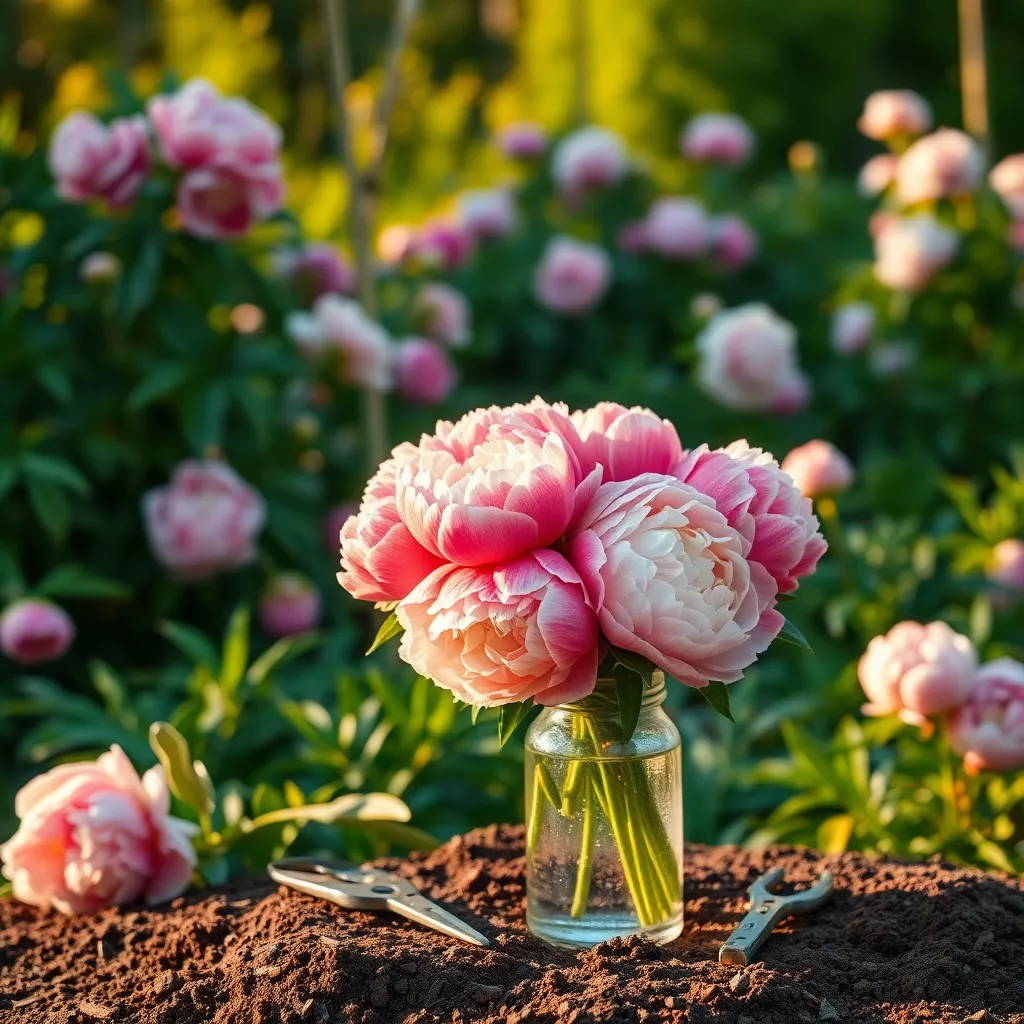
Peonies are a quintessential choice for any cutting garden due to their fragrant blossoms and extended vase life. To ensure their optimal growth, plant peonies in well-drained soil enriched with organic matter, ideally in a location that receives full sun for at least six hours each day.
When planting peonies, ensure the eyes (buds) are no more than 2 inches deep, as planting too deeply may hinder blooming. Water them deeply but infrequently to promote a strong root system; generally, one inch of water per week is sufficient.
For beginners, it’s important to note that peonies may take a couple of years to fully establish and bloom prolifically, but patience rewards with beautiful blooms. Seasoned gardeners can experiment with mulching in the winter to protect the roots and encourage earlier flowering in spring.
Once blooms appear, cut them in the morning when the buds are soft and showing a bit of color for the best vase life. After cutting, place peonies in water immediately, and change the water every two days to keep them fresh and vibrant.
Soil Amendments (Nutrient-Rich Mix for Robust Flower Growth)
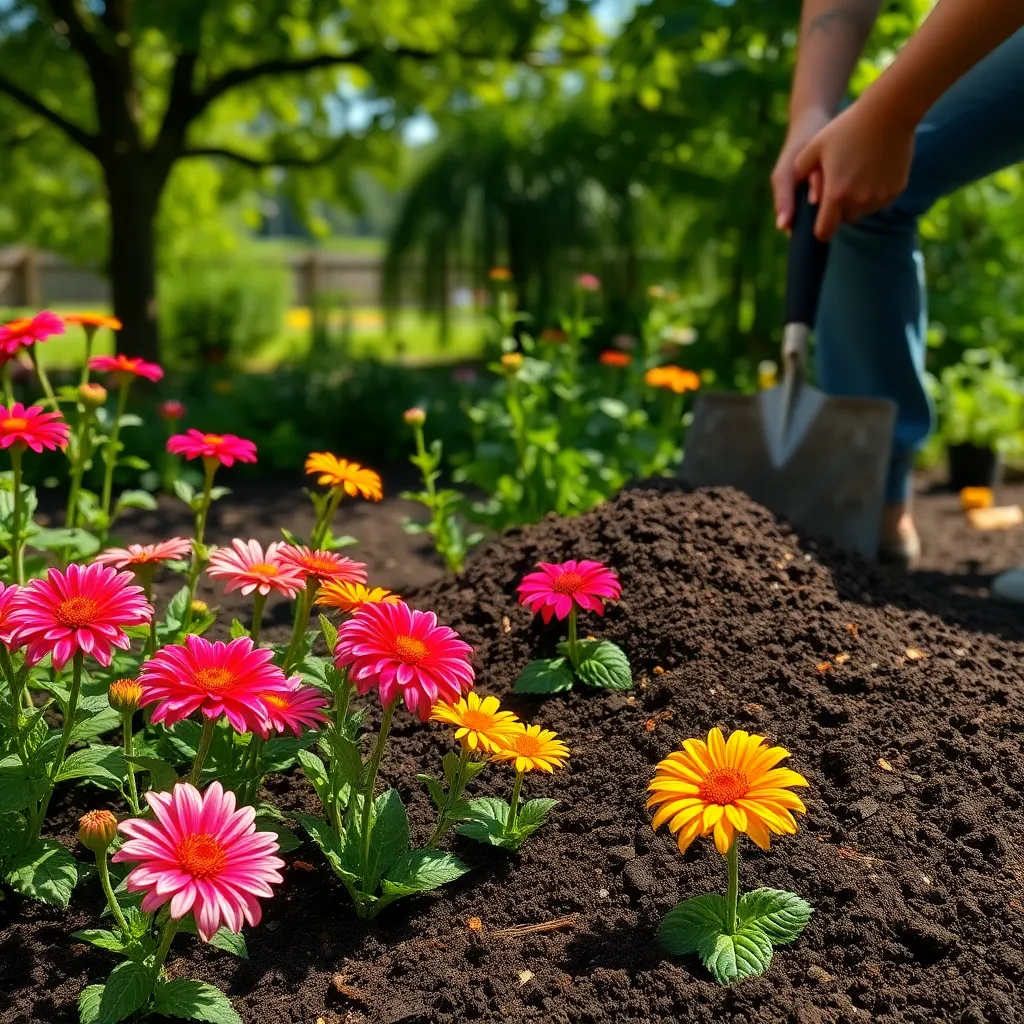
To ensure robust flower growth in your cutting garden, incorporating the right soil amendments is essential. Start by testing your soil to understand its current nutrient levels, as this will guide your amendment choices for optimal plant health.
Adding organic matter like compost or well-rotted manure can significantly improve soil structure and fertility. Aim to mix a 2-3 inch layer of organic matter into the top 6-8 inches of soil, which can enhance drainage and help retain moisture, crucial for thriving flowers.
For those looking to boost specific nutrients, consider using bone meal to add phosphorus, which is vital for flower development. Phosphorus encourages strong root growth and vibrant blooms, making it a cornerstone of any nutrient-rich soil amendment plan.
Experienced gardeners might explore using liquid seaweed as a foliar spray to provide trace minerals and stimulate plant growth. This advanced technique involves applying the spray directly to leaves, offering a nutrient boost that can lead to more plentiful and healthier blooms.
Snapdragon Mixes (Height and Color Diversity for Dynamic Bouquets)
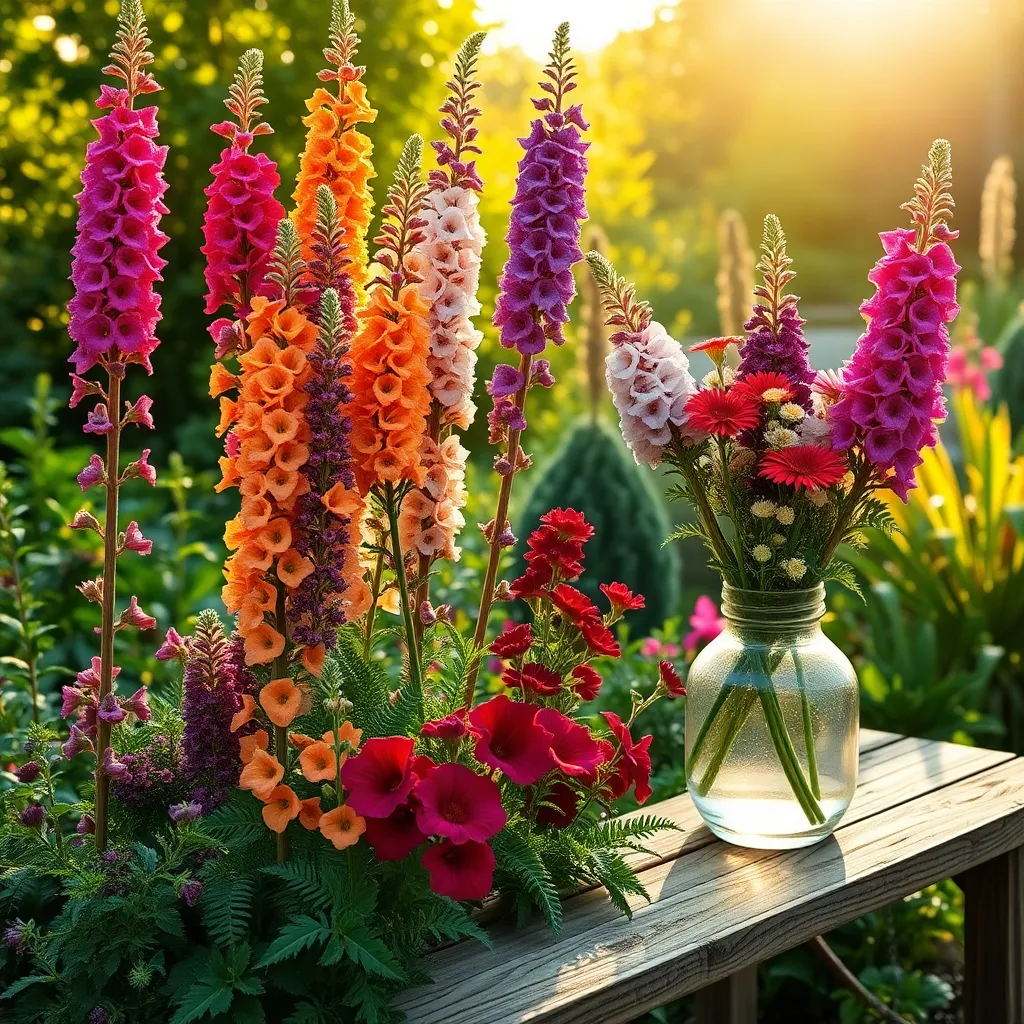
Snapdragons offer a delightful mix of height and color, making them a perfect choice for dynamic bouquets. These plants thrive in well-drained soil with a pH of 6.2 to 7.0, ensuring they receive the nutrients necessary for vibrant blooms.
To achieve the best results, plant snapdragons in a sunny spot, as they require at least six hours of direct sunlight each day. For a continuous display of flowers, consider succession planting every two weeks during the growing season.
Watering is crucial to keep snapdragons healthy, but be cautious not to overwater them. Aim for a moderate watering schedule, allowing the top inch of soil to dry out between waterings to prevent root rot.
For those aiming for a more advanced touch, pinch back the tips of young snapdragon plants to encourage bushier growth and more flower spikes. Incorporating a balanced, slow-release fertilizer at planting time can also enhance their growth and flowering potential.
Conclusion: Growing Success with These Plants
In exploring the vibrant world of cutting gardens, we’ve unearthed five key relationship concepts: the importance of diversity, nurturing growth, creating balance, fostering resilience, and celebrating beauty. Just as diverse plants create a dynamic garden, embracing diversity in relationships enriches our connections. Nurturing growth reminds us to invest time and care into our relationships, while balance ensures that we devote attention to all areas of our lives. Resilience teaches us to weather life’s storms together, and celebrating beauty encourages us to appreciate the unique attributes of our partners.
As an actionable next step, take a moment today to plant a seed of kindness in your relationship, whether through a thoughtful gesture or a heartfelt conversation. Each small act contributes to a flourishing partnership.
Don’t forget to bookmark this article as a handy guide when you need to rejuvenate your relationship. By keeping these concepts close, you’re taking proactive steps toward relationship success, nurturing a bond that will bloom beautifully over time. Remember, the seeds of a lasting relationship are sown through intentional actions and shared growth. Here’s to cultivating a garden of love that thrives forever.


